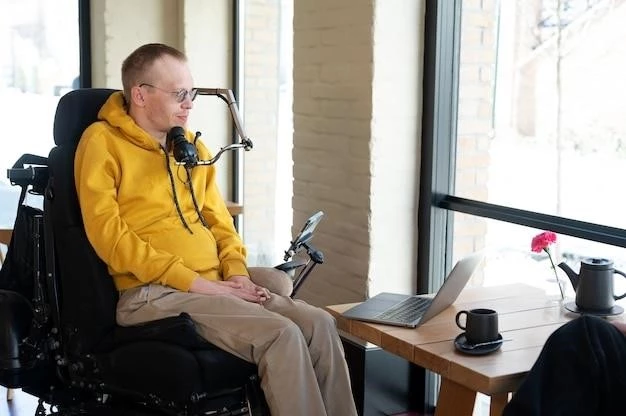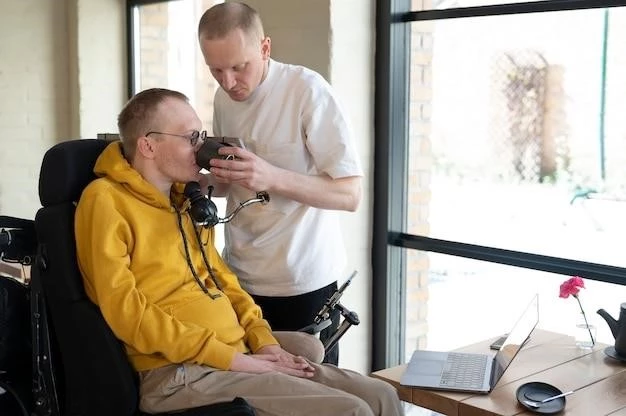Introduction
Cerebral palsy is a group of non-progressive disorders of movement and posture caused by brain injury during development. Learn more here!
Overview of Cerebral Palsy
Cerebral palsy is a neurological disorder that affects body movement, muscle control, and function. It is caused by damage or abnormal development in the parts of the brain that control movement. The condition is not progressive or contagious but can vary in symptoms and severity. Early detection and intervention are key in managing cerebral palsy effectively.
Causes and Risk Factors
Cerebral palsy is often caused by damage or abnormal development in the brain areas responsible for movement control. Factors such as infections, accidents, stroke, and birth complications contribute to the development of this condition.
Damage or Abnormal Development in the Brain
Cerebral palsy is often caused by damage or abnormal development in the brain, affecting the areas responsible for movement control. This damage can occur before, during, or shortly after birth, impacting the brain’s development and leading to the symptoms associated with the condition.
Symptoms and Diagnosis
Cerebral palsy manifests through issues with muscle control, movement disorders, and affected posture. Detecting the condition early is crucial for effective management and intervention strategies.
Early Signs and Symptoms of Cerebral Palsy
Cerebral palsy often presents early in childhood with signs like muscle stiffness, poor coordination, and delayed motor skills development. These indicators can vary in severity and impact a child’s movement and posture from an early age. Early detection is essential for timely intervention and management of the condition.

Treatment and Management
Treatments aim to improve quality of life for those with cerebral palsy. Therapeutic interventions, assistive devices, and supportive care help manage symptoms and enhance mobility and communication skills.
Therapeutic Interventions for Cerebral Palsy
Managing cerebral palsy involves a multidisciplinary approach with therapeutic interventions such as physical therapy, occupational therapy, speech therapy, and assistive devices to enhance mobility and improve quality of life for individuals with this condition. These interventions aim to address muscle function, movement coordination, and communication skills.
Prevention and Support
Proactive care and support are essential for individuals with cerebral palsy. Learn how to provide assistance, therapies, and services to improve the quality of life for those affected by this condition.
Caring for Individuals with Cerebral Palsy
Supporting individuals with cerebral palsy involves providing care, therapies, and services to improve their quality of life. Learn more about how to assist and enhance the well-being of those living with this condition.

Ongoing Research and Developments
Stay informed about the latest advancements in detecting and treating cerebral palsy. Discover how ongoing research aims to enhance early detection methods, intervention strategies, and support for individuals with this condition.
Advancements in Detecting and Treating Cerebral Palsy
Ongoing research focuses on improving early detection methods, intervention strategies, and support for individuals with cerebral palsy. Researchers are developing advanced AI screening algorithms to detect the condition quicker and exploring new treatment avenues to enhance the quality of life for those affected by cerebral palsy.
